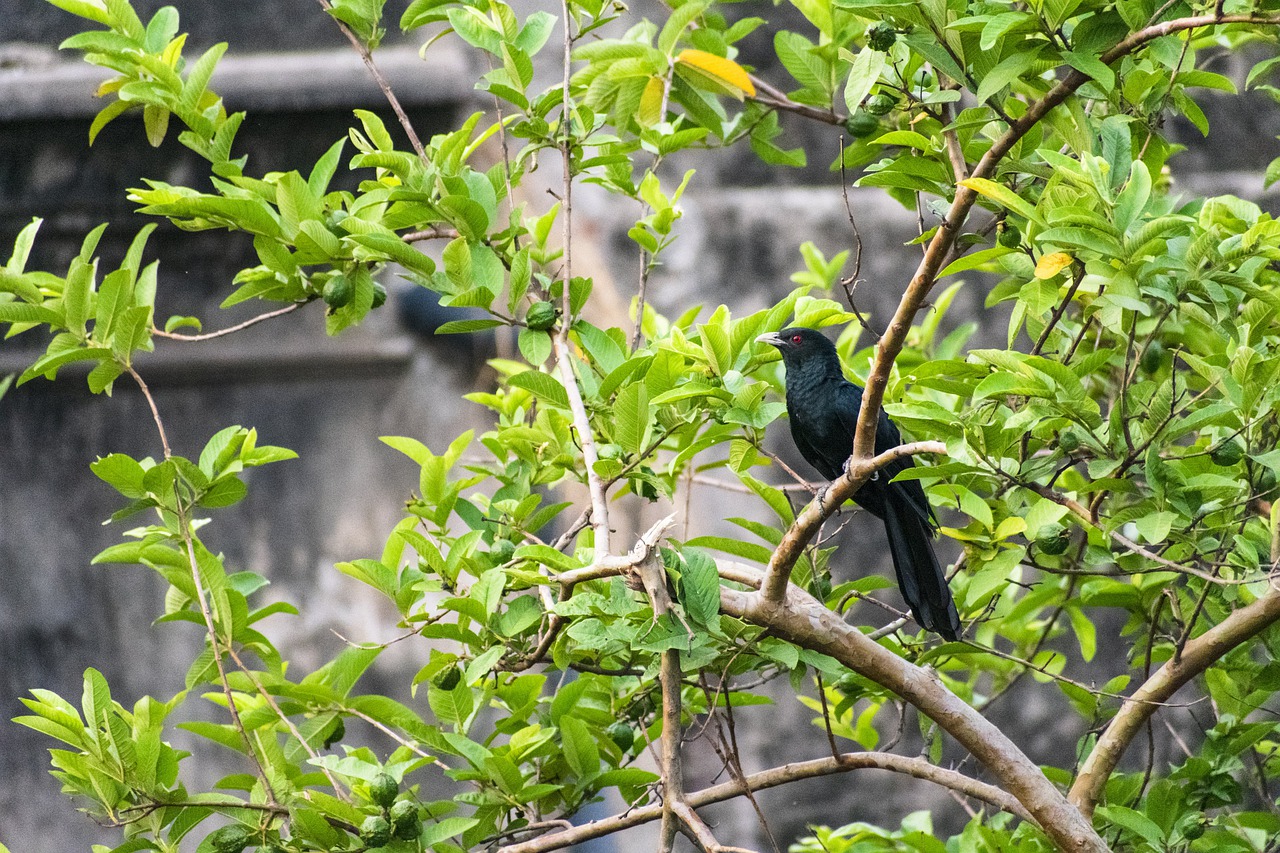Description
The Black Cuckoo (Cuculus clamosus) is an Afrotropical species. In southern Africa, it is a summer-breeding visitor with a largely tropical distribution, which extends to about 26°S in the Transvaal but extends further south through KwaZulu-Natal to the southwestern Cape Province. It also occurs south of 26°S in the dry woodlands of the Northern Cape Province but only reaches about 24°S in central Namibia.
Black Cuckoo Sound
Black Cuckoo sound produces a mournful, three-noted call “I’m so saaaaad” call, the last note rising. It is mostly identified on call and the atlas data are likely to be reliable and comprehensive, although its presence may have been overlooked outside the period of territorial advertisement.
Habitat:
Black cuckoo habitat preference varies regionally. In the southwestern Cape Province, it is found mainly in plantations. In the Eastern Cape Province, it is found in the forest, valley bushveld, and around habitation, while further north it prefers Acacia woodland, riparian thickets, and mixed thornveld. In KwaZulu-Natal, it is ‘largely absent from the coastal forest north of Durban’.
The vegetation analysis shows that the preferred habitats are both broadleaved and Acacia woodlands, with the highest reporting rate in Moist Woodland, Miombo, Valley Bushveld, Okavango, and Arid Woodland.
Movements:
Its main arrival period, as indicated by the period of steepest increase in reporting rates, is during October in all eastern Zones 5–8, and in Zone 1. Peak reporting rates, reflecting the period of most intense vocalization, are in November in these Zones. The atlas data do not support the notion that calling begins earlier in the south, but arrival is clearly later in the dry interior (Zone 2), a phenomenon that was also observed within Botswana.
Black Cuckoo sound tends to tail off in the latter part of summer, earlier in the South than in the North. After calling ceases, the species becomes highly inconspicuous and no firm conclusions can be drawn about departure dates from the seasonality analysis.

Breeding:
The black cuckoo is a brood parasite whose prime hosts are shrikes of the genus Laniarius. The egg-laying data shows that it spans October–March in South Africa and Zimbabwe, but later, November–April, in Namibia. Breeding may be more dependent upon the onset of rain further west in drier areas, and the fact that the records from the winter-rainfall area are early should also be noted. The black cuckoo mainly feeds on caterpillars, termites, ants, beetles, grasshoppers, and other insects, as well as birds’ eggs and nestlings.
Interspecific relationships:
The range of the cuckoo superficially matches a composite of the distributions of its brood hosts, the shrikes of the genus Laniarius. For each of the four host species (though less convincingly for Swamp Boubou L. bicolor), there is an area where it is the only Laniarius species that overlaps the distribution of the cuckoo, providing indirect evidence that the Cuckoo might parasitize all four species of the genus in the region. Particularly Crimson-breasted Shrike L. atrococcineus and Southern Boubou L. ferrugineus have far more extensive ranges than the cuckoo, while the ranges of Tropical Boubou L. aethiopicus and Black Cuckoo overlap completely in the region.







